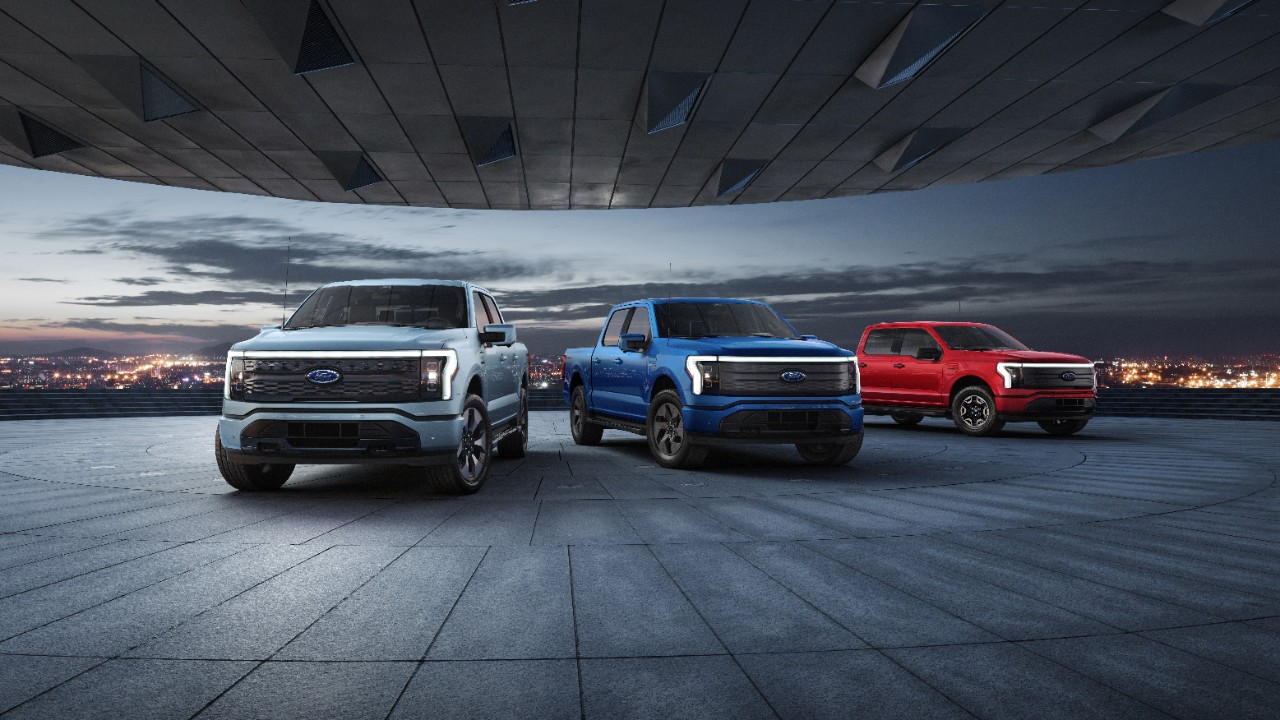Cars and Drivers
In EV News: Some Tesla EVs Are Getting More Expensive, EVs Reach Market Milestone, and More

Published:

Real soon now, the number of electric light passenger vehicles (cars, sport utility vehicles and pickups) will reach a milestone. Of the 1.2 billion light vehicles on the world’s roads and highways, 12 million will be EVs. That’s 1%.
According to Bloomberg’s Hyperdrive newsletter, slightly more than 44% of all those EVs are located in China and about 35% are being driven around Europe. North America accounts for about 17%. Nearly 70% of the EVs on the road are battery electrics and the rest are plug-in hybrids.
The following chart illustrates how quickly the world’s EV fleet has reached the 12-million mark. It took the EV industry 18 months to rise from 1 million to 2 million vehicles on the road. To increase from 11 million to 12 mill took a bit less than three months. By the end of this year, the total is expected to rise by 1 million every two months.
That’s all good news for the environment, but is it enough good news? Even if global new car sales reach 50% of all car sales in 2030, EVs would still comprise just 15% of the world’s light vehicle fleet. The good news (for the environment) is that sales of internal combustion vehicles peaked in 2017 and have been declining ever since. The less-good news is that internal combustion vehicles are well-made and last a long time.
A bellwether of EV adoption, at least in the United States, may be the Ford F-150 Lightning pickup. Ford Motor Co. (NYSE: F) sold 787,422 F-Series pickups last year (including F-250, F-350 and so on), and analyst Rod Lache of Wolfe Research thinks Ford will sell about 80,000 annually, to begin with (10% of 2020’s total F-Series sales). CleanTechnica makes some interesting conjectures about Ford’s total EV sales based on what the company has said about its global plan to build batteries and the success the company says it’s having with its all-electric Mustang Mach-E and pre-orders for the F-150 Lightning.
Over at Tesla Inc. (NASDAQ: TSLA), the company has been raising the price for its Model 3 and Model Y vehicles since early this year. Since February, according to Electrek, the price on a Model 3 sedan has risen from $37,000 to $40,000 and the Model Y Long Range AWD has seen its price rise from less than $50,000 to a starting price of $52,000.
In response to comments on Twitter related to changes like removing radar from the vehicles or front passenger lumbar support, CEO Elon Musk commented for the first time on the price increases.
Moving lumbar was removed only in front passenger seat of 3/Y (obv not there in rear seats). Logs showed almost no usage. Not worth cost/mass for everyone when almost never used.
Prices increasing due to major supply chain price pressure industry-wide. Raw materials especially.
— Elon Musk (@elonmusk) May 31, 2021
Rolls-Royce CEO Torsten Mueller-Oetvoes has confirmed that the company is building an all-new EV to be called the Silent Shadow. According to InsideEVs, the Silent Shadow will not be a conversion, but its own unique model.
Finally, Barron’s writer Al Root suggests that cars are becoming “less about hardware and more about software,” leading to what the industry is now calling a “software defined vehicle.” Tesla, of course, leads the way with its over-the-air (OTA) software upgrades, much like the software upgrades most of us get from our PC, smartphone and other gadget makers.
One supplier told Root that Tesla has “never really focused on model years.” The company can improve features like power, range and entertainment with software. According to Root, Tesla’s focus has paid off:
That approach has yielded real benefits. Tesla’s gross profit margins are better than BMW’s … , despite being about 30% of BMW’s size. Tesla also saves on tooling. Tesla spends less on capital, adjusted for size, than does BMW.
If you’re like many Americans and keep your money ‘safe’ in a checking or savings account, think again. The average yield on a savings account is a paltry .4% today, and inflation is much higher. Checking accounts are even worse.
Every day you don’t move to a high-yield savings account that beats inflation, you lose more and more value.
But there is good news. To win qualified customers, some accounts are paying 9-10x this national average. That’s an incredible way to keep your money safe, and get paid at the same time. Our top pick for high yield savings accounts includes other one time cash bonuses, and is FDIC insured.
Click here to see how much more you could be earning on your savings today. It takes just a few minutes and your money could be working for you.
Thank you for reading! Have some feedback for us?
Contact the 24/7 Wall St. editorial team.